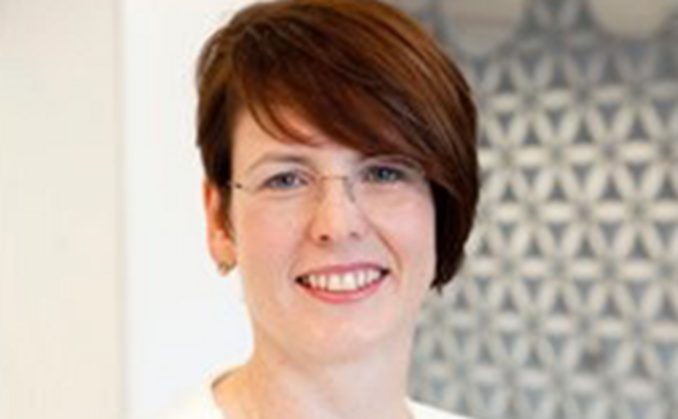The statistics body's report Saving for retirement in Great Britain: April 2018 to March 2020, published today (17 June) found that some 23% were saving into a defined benefit scheme only, 26% were saving into a defined contribution scheme only, 4% were saving into a personal pension only and 4% were saving into a mixture of scheme types.
The percentage of people actively contributing to a private pension has now increased by 32.5% since automatic enrolment (AE) was introduced in 2012, a time when only 43% were saving for their retirement.
Despite this, the report also found that those who were self-employed were much less likely to be actively saving for retirement - with just 19.2% of those who were self-employed saving into a scheme compared to 80% of those who were employed during the period between 2018 and 2020.
The ONS data also revealed that one-tenth of the population held more private pension wealth than the rest of the country combined - with the top 10% of the population holding 64% of the private pension wealth against to the bottom 50% of the population, which held just 1% of the private pension wealth.
Shining a light on current trends
Standard Life workplace managing director Gail Izat said: "Today's figures shine a light on many of the major trends shaping the nation's savings behaviours including the effect of AE in revolutionising pension saving for millions of people."
She added: "It is encouraging to see the difference AE is making and hopefully continues to make. This trend is in large part responsible for participation in defined contribution schemes overtaking defined benefit for the first time."
However Izat said not all the data was so positive. She explained: "While broadly promising, today's data also shows the split between the nation's pensions haves and have nots with the wealthiest 10% accumulating pension savings of over £600,000 while a large proportion of the population had little to no savings.
"One group where savings rates have fallen is among the self-employed where participation has dropped from around 40% in 2010-12 to 20% more recently. These figures highlight a major gap in today's system and the trend is likely to have been exacerbated more recently by the impact of Covid and now the increasing cost of living on this group."
Scottish Widows head of policy, pensions & investments Pete Glancy agreed: "Inadequate pension savings have long been a systemic problem in the UK and without immediate action, we face sleepwalking into a bigger, long-term savings crisis - one that can only be solved through boosting financial literacy, widening access to financial advice and a solid long-term strategy from the government.
"People need to remember that, as long as they make contributions, so does their employer. Opting out or decreasing pension contributions to a workplace scheme may seem like a quick fix as the cost-of-living increases, but it would essentially result in a cut to their pay package, as they're surrendering their employer's workplace pension contribution."









